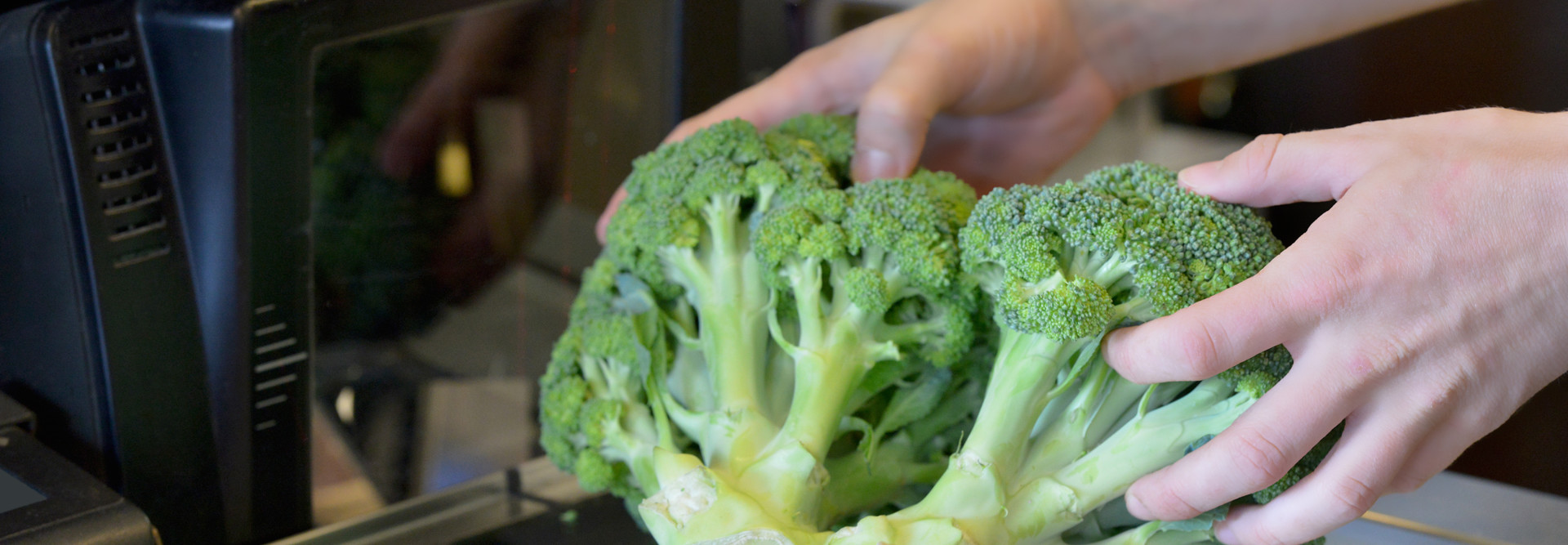Can Self-Serve Checkouts Move Out of the Big-Box Market?
Using self-serve checkouts is second-nature for most consumers, and such checkouts are now the most desired in-store technology offering, a 2019 survey of grocery shoppers found.
But the kiosks designed to simplify retail transactions also bring complications: They can take longer than a cashier does to scan and bag goods. They’re sometimes aggravating — just ask anyone who’s bristled at the words “unexpected item in bagging area.”
And the machines are well-known for facilitating theft. The Atlantic cites a survey that found 20 percent of respondents admitted to stealing something at self-checkout.
Still, the trend is poised for continued growth in businesses of all types and sizes — including smaller ones that might not reduce staff as a result but instead move those workers into new roles.
Here’s a look at recent developments in self-checkout and what they could mean for independent retailers.
MORE FROM BIZTECH: Cisco's prototype Stop, Shop and Go store provides a glimpse of retail's future.
Stores Boost Checkout Security with AI
Large chains have long deployed attendants to watch over several kiosks at once, but it isn’t a foolproof defense. Small and midsize businesses, which experience more than two-thirds of theft cases, might not have the manpower.
Using artificial intelligence, some companies are developing technology that can analyze and compare point-of-sale video and data to clearly identify each retail transaction and spot fraudulent activity. When an error or suspicious event is suspected, the system notifies an attendant via mobile device and instantly replays a video clip, Stores magazine reports.
Similarly, technology developed by NCR relies on item recognition algorithms to compare a product identified by the shopper at self-checkout to what’s actually on the scale. If, say, a T-bone steak is there instead of bananas, an alert and image is sent to an attendant.
That function can also benefit the customer. “Instead of looking up an apple in a menu, the system will scan and recognize that it’s an apple and will present you with items of a similar shape and color so you can select the right one,” NCR Vice President and General Manager of Store Transformation Solutions Dusty Lutz tells the BBC.
The long-term benefit of reduced inventory loss from the added surveillance may outweigh the initial investment, one tech expert tells CBS New York.
Make Self-Checkout Easier With Mobile Applications
Rather than acquiring self-checkout machines, some retailers are urging shoppers to use their phones to check themselves out.
This spring, Sam’s Club announced it was adding computer vision and machine learning into its popular two-year-old Scan & Go mobile platform. Similar efforts have been launched by other major grocery chains, some of which developed the tools in-house.
In the case of independent shops, “the retailer doesn't really have to implement a lot of in-store technology to make that work," Forrester analyst Brendan Miller tells Retail Dive. “The big issue that comes up is operational. If we have people skipping checkout lanes, how do we control security?”
The Value of an Empowered Shopper
But there’s no question that giving customers more autonomy — and anonymity — can pay off.
McDonald’s announced last summer that it aims to have self-serve kiosks in all U.S. locations by 2020 because the fast-food giant has found that diners spend more when they can order and pay independently.
That notion may have guided Amazon, which made headlines in 2018 when its Amazon Go store — a futuristic mini-mart where shoppers scan their phones at entry and are charged automatically for items they choose and carry out — debuted in Seattle. (The concept has since expanded to Chicago and San Francisco.)
That intuitive technology likely costs $1 million per store, Andrew Murphy, a managing partner for a tech venture capital firm, tells Vox.
At least for now: Startups are hungry to replicate the concept at a fraction of the price. “Sometime in the next few years, it’ll really be $10,000 for a retail store to implement some kind of automated solution,” Murphy says. “Which will be worth it, given the labor saving.”










